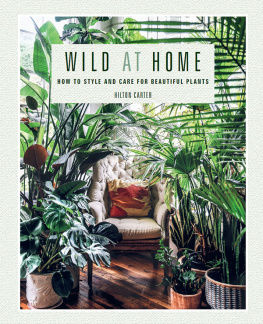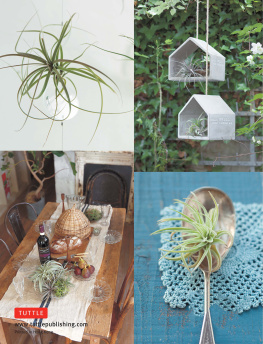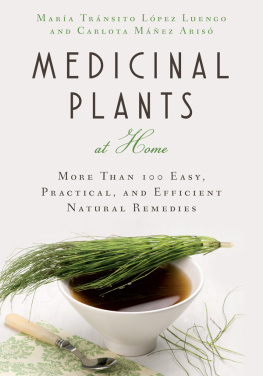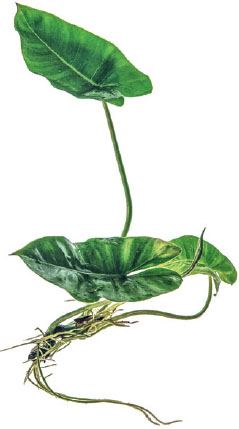
WILD AT HOME
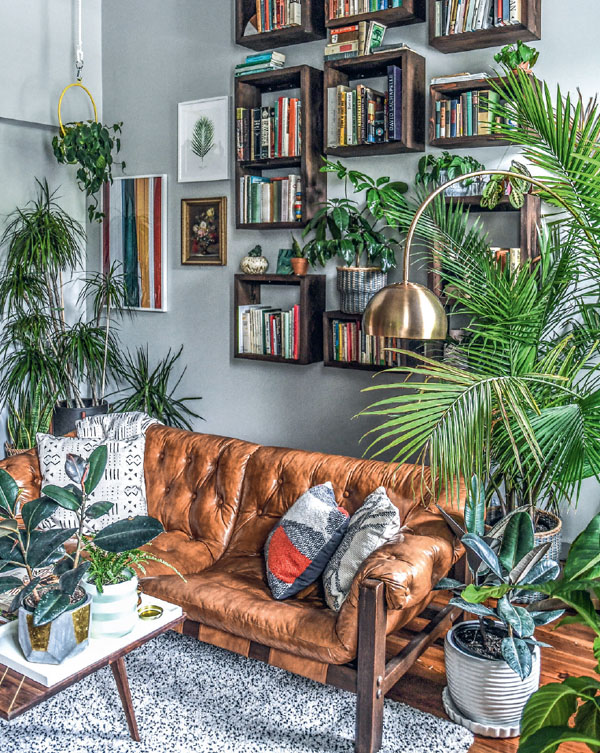
WILD AT HOME
HOW TO STYLE AND CARE FOR BEAUTIFUL PLANTS
HILTON CARTER

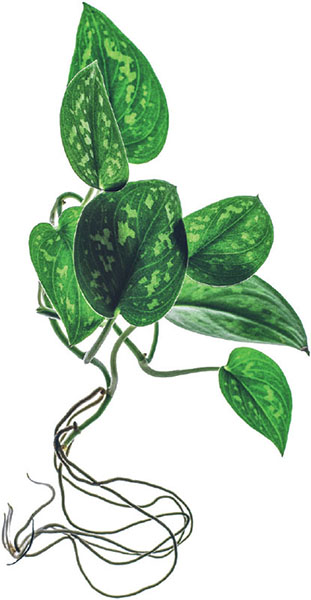
Published in 2019 by CICO Books
An imprint of Ryland Peters & Small Ltd
2021 Jockeys Fields 341 E 116th St
London WC1R 4BW New York, NY 10029
www.rylandpeters.com
10 9 8 7 6 5 4 3 2 1
Text Hilton Carter 2019
Design, illustration, and photography
CICO Books 2019
The authors moral rights have been asserted. All rights reserved. No part of this publication may be reproduced, stored in a retrieval system, or transmitted in any form or by any means, electronic, mechanical, photocopying, or otherwise, without the prior permission of the publisher.
A CIP catalog record for this book is available from the Library of Congress and the British Library.
E-ISBN: 978-1-78249-759-2
ISBN: 978-1-78249-713-4
Printed in China
Editor: Caroline West
Designer: Elizabeth Healey
Photographer: Hilton Carter
In-house editor: Anna Galkina
Art director: Sally Powell
Production controller: David Hearn
Publishing manager: Penny Craig
Publisher: Cindy Richards
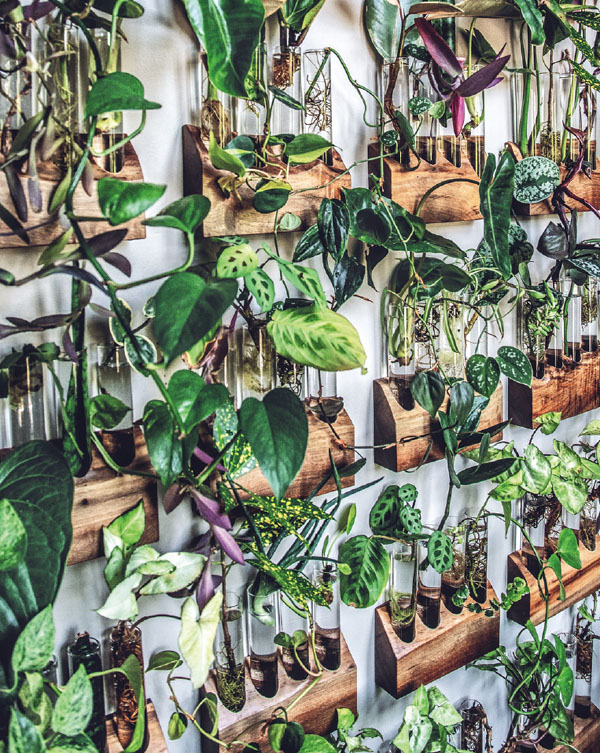
contents
i was once told that if you follow your passion, regardless of what it is, youll find your happiness. For me, this has meant creating a home with my wife, Fiona, which blurs the line between interior and exterior so seamlessly that the look just feels completely natural. Of course, Im referring to the greenery that ties our home and studio together like a bow placed on a gift. From end to end, the theme of indoor jungle is ever-present and a mixed palette of greens sets the tone. Taking a step back, its the greenery that binds together each room in our home and creates the feeling of tranquility throughout. It is achieving this sense of calm and peace that has motivated me to surround myself with foliage for the past five years and also the reason I wanted to create this book.
Whether this book is the first of many or the only one, I cant even begin to express how much it means to me. Wild at Home feels as if Im giving the reader a peek into my personal diary. It contains my thoughts, tips, and a few of my secrets for styling plants and how best to care for them. Never in my wildest dreams did I think I would write a book like this. My passion for greenery is uncontrollable and, because of the natural trial and error Ive gone through, Ive always felt that it was only right for me to share my knowledge with others who might be going through the same issues I have had in the past. For me, sharing with others in this green community, which seems to be growing every day, inspires me to be a better plant parent and I hope it does the same for them too.
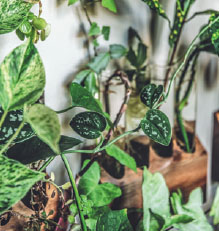
Over the past five years, Ive developed many imaginative methods for bringing greenery into my home, while also styling the plants in such a way that they impart a beautiful energy to the space. I share many of these methods within the pages of this book. I have helped some of my friends to transform their living spaces with plants, and their homes are also showcased in the book. From important decisions as to which types of plants work best in a particular setting to creative suggestions for the base trays to use beneath pots, there will be something in this book to make you think differently about the way you style your home and your greenery.
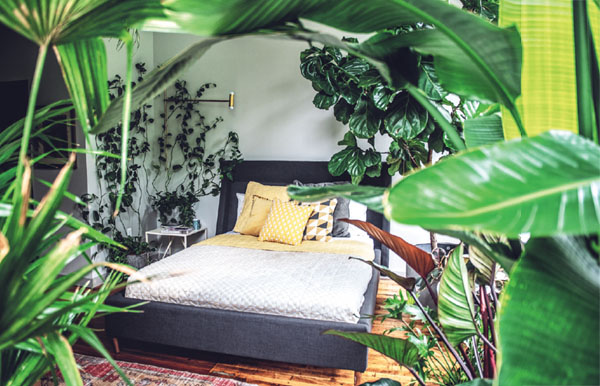
A peek through the greeneryas if walking through a jungle and stumbling upon a campsite. The bedroom at my studio, Jungle by the Falls, was designed with only one thought in mind... more sleep.
HOW I GOT STARTED:
FRANK, MY FIDDLE-LEAF FIG
w henever anyone asks if I have a favorite plant in my collection, I never hesitate to say Frank, my fiddle-leaf fig. Frank was the first major plant purchase I ever made and marked the start of my plant obsession. I was living in the French Quarter of New Orleans. One of the reasons I moved into my apartment there was the floor-to-ceiling windows that looked out onto the street below. I wasnt into the idea of using shades or drapes (curtains) to cover the windows for a bit of privacy. So, I decided to use a few plants to do this instead. When I purchased Frank in the spring of 2014, it seemed as if Ficus lyrata, the fiddle-leaf fig, was the it plant for interior designers and stylists. You would see them in magazines and movies, and on TV shows, etc. But it wasnt its popularity that made the fiddle-leaf fig catch my eye, but rather the shape, texture, and color of the foliage that instantly drew me in. I was also looking for something more tree-shaped and this particular fiddle was just that. When youre at a nursery, youll notice that fiddles come in a few different shapes. Youll find fiddles with one long branch; fiddles made of a few long branches, which gives them a more bushy look; and others, like Frank, that started as one branch and were then split into many branches, to produce a tree-like shape.
When I got Frank home, I did not know how to care for a fiddle-leaf fig, other than to supply good light and water. I just happened to luck out in having a space with a lot of great light throughout the day and which was humid enough for Franks watering needs to stay consistent. I placed Frank in front of one of the large windows in my living room and for a year he thrived and grew larger. Clusters of three new leaves would grow from one branch and then the other, like clockwork.
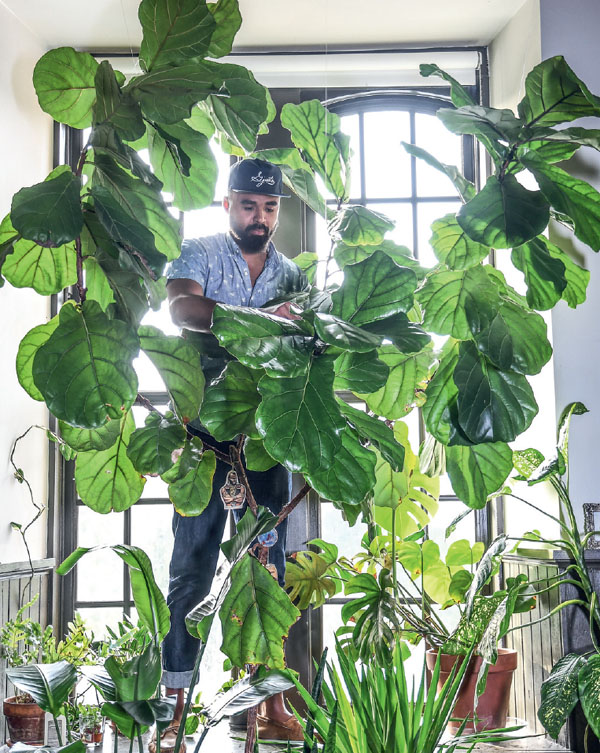
Cleaning Frank, my fiddle-leaf fig, in my living-room window.
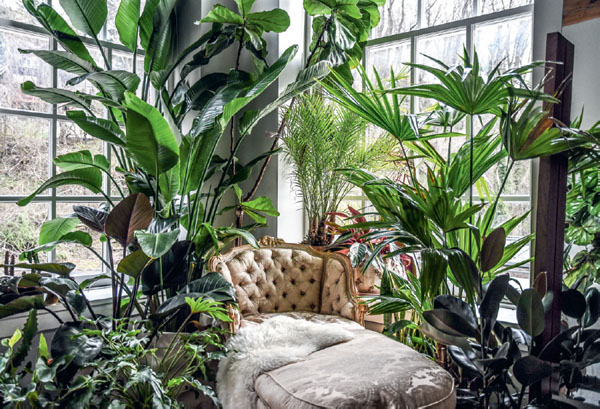
A view of the bedroom corner at my studio, Jungle by the Falls (JBTF). The chaise longue was the first piece I placed there. The window is framed by Strelitzia reginae (bird of paradise), with its paddle-like leaves, on the left, and Livistona chinensis (Chinese fan palm), on the right.
That first spring and summer made me think I really knew what I was doing. It wasnt until a year later, when I moved into a new apartment which wasnt as bright that I first started to become a better plant parent. You see, it took for Franks leaves to start getting brown spots or turn yellow and fall off for me to really focus on what was required to keep him alive. When everything was going great and Frank was thriving, I had no need to learn more about what a fiddle requires, because I had just stumbled on the right setting for him. But its when you are struggling with a specimen that your plant parenting is truly tested. I was told that fiddles dont like being moved and here I was witnessing this firsthand. Not only had I moved from a space with amazing light and high ceilings to one with hardly any light and low ceilings, I then only stayed in the new apartment for three months before moving Frank again. And this time he had to get packed up in the back of a dark moving truck and driven 1,100 miles from New Orleans to Baltimore.

